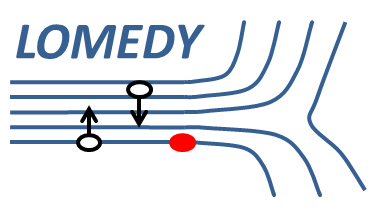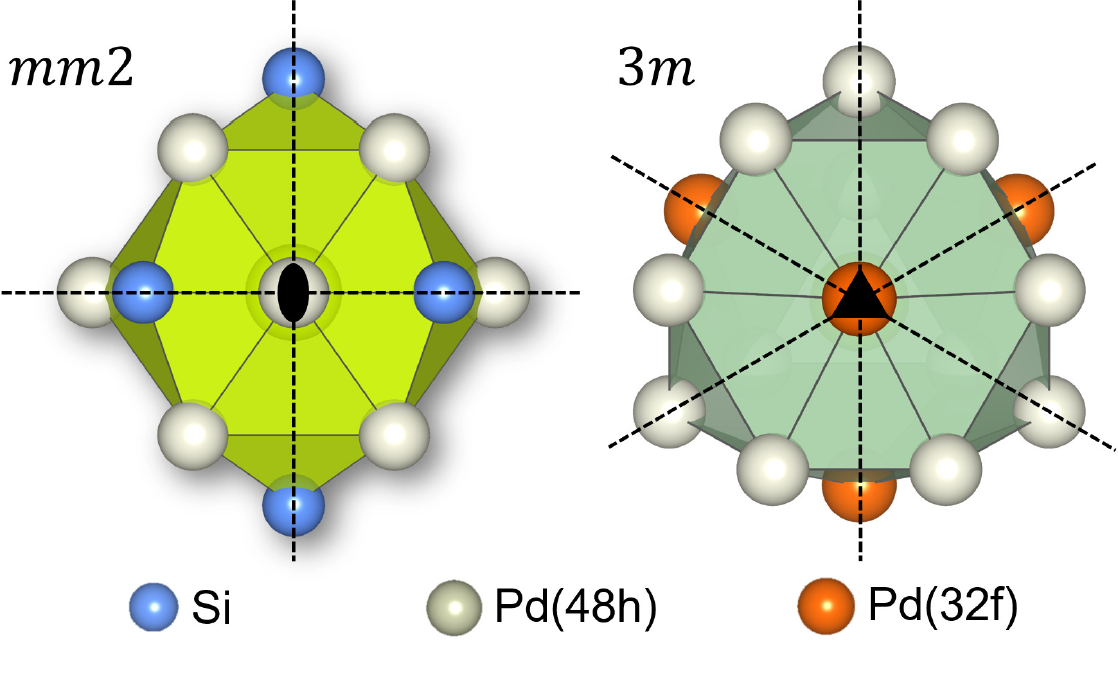

P. Kolar, M. S. Grbić, S. Hrabar, Sensors 19, 03064 (2019)
M. S. Grbić, JAP 125, 224501 (2019)
T. Cvitanić, M. Lukas, M. S. Grbić, Rev. Sci. Instrum. 90, 043903 (2019)
D. Pelc, P. Popčević, M. Požek, M. Greven, and N. Barišić, Sci. Adv. 5, eaau4538 (2019)
D. Pelc, H.-J. Grafe, G. D. Gu, and M. Požek, Phys. Rev. B 95, 054508 (2017).
R. Blinder et al. Phys. Rev. B 95, 020404(R) (2017).
D. Pelc, M. Vučković, H.-J. Grafe, S.-H. Baek, M. Požek, Nature Communications 7, 12775 (2016).
D. Pelc, M. Požek, V. Despoja and D. K. Sunko, New J. Phys. 17, 083033 (2015).
M. Došlić, D. Pelc and M. Požek, Rev. Sci. Instrum 85, 073905 (2014).
T. Cvitanić, D. Pelc, M. Požek, E. Amit, and A. Keren, Phys. Rev. B 90, 054508 (2014).
 Within the scope of his doctoral research, member of the NMR group Ivan Jakovac published a research paper on a heavy fermion compound Ce3Pd20Si6 (abbreviated CPS) in the journal J. Phys.:Cond. Mat. 32, 245601 (2020). CPS is of significant interest for the researhc community since the electrons here acquire larges effective mass due to strong correlations caused by the vicinity of the quantum critical point. Apart from that this is the first compound with two crystallographically inequivalent cerium sites, and two types of correspoding correlations.
Within the scope of his doctoral research, member of the NMR group Ivan Jakovac published a research paper on a heavy fermion compound Ce3Pd20Si6 (abbreviated CPS) in the journal J. Phys.:Cond. Mat. 32, 245601 (2020). CPS is of significant interest for the researhc community since the electrons here acquire larges effective mass due to strong correlations caused by the vicinity of the quantum critical point. Apart from that this is the first compound with two crystallographically inequivalent cerium sites, and two types of correspoding correlations.
NMR and NQR research of the palladium nuclei described in the paper is just an initial description of how the measured signals correspond to particular nuclear transition of a specific Pd site. Its results are crucial for exact description of quantum correlations that present the most interesting part of research on this compound.
The paper is published in an open access format and can be read from the link above.